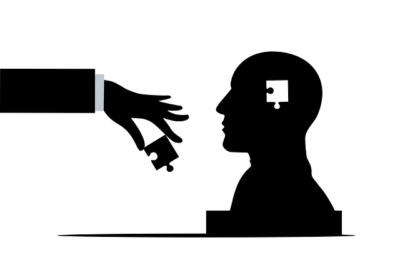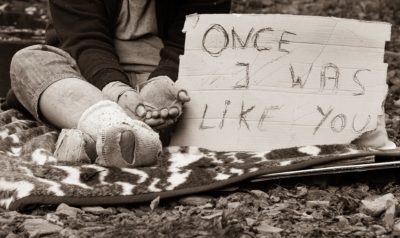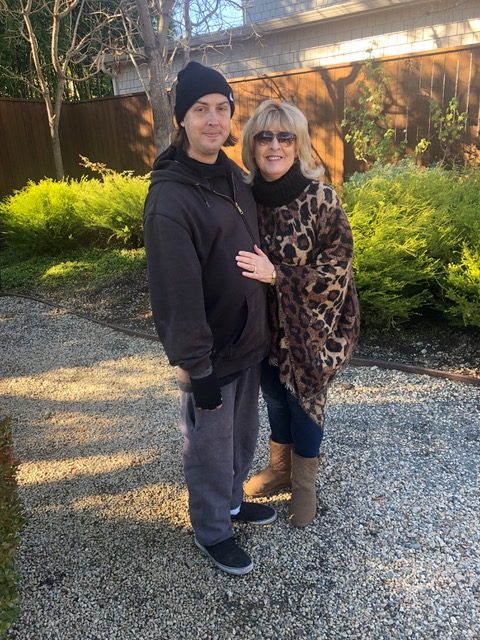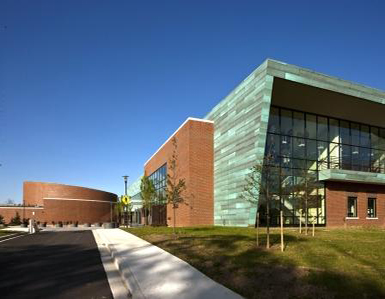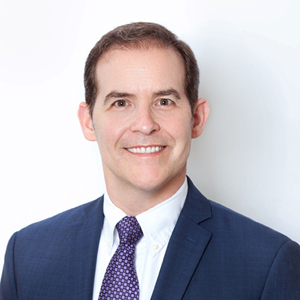(2-9-22) Why do individuals become mental health advocates? For Geoffrey Melada, it was his father’s suicide. Why are you involved? Please share your stories on my Pete Earley Facebook.
The Biggest Case of My Life
By Geoffrey Melada
I remember the first time I argued before a judge. I was representing the Commonwealth of Pennsylvania 17 years ago in a preliminary hearing for aggravated assault on a child.
In the long and contentious hearing, I was up against a very experienced criminal defense attorney, and I was a mere law school trainee. But after making my very first objection (“calls for speculation”) and delivering an impassioned summation, I won the hearing and the felony charge was held for trial.
Over the next seven years of my career as a prosecutor and criminal defense attorney, I tried more than 200 cases, including 33 jury trials to verdict. But there was one case I never got to argue, the one with the highest personal stakes for me.
I never got to argue for my father’s life. He died by suicide just three days before my 17th birthday.

